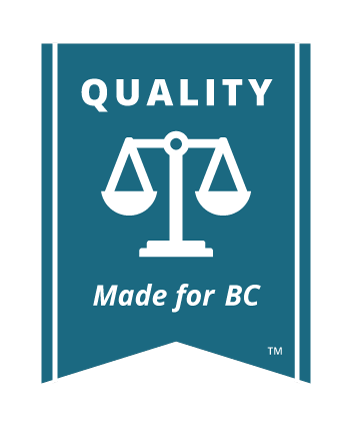Forms
In order to move your case forward in BC Supreme Court, you will need to use standard court forms. You can find information about using BC Supreme Court Civil forms under the Court Forms tab on this website.
You can also find a complete list of forms on the Supreme Court Civil Rules Forms BC Government website.

Learn More
Supreme Court Civil Rules Forms also provides you with a troubleshooting guide if you are having issues opening or using the online forms.

Get Help
Please refer to these instructions for saving and opening the forms. If you are not familiar with how Supreme Court forms work, you may want to read the government’s user guide. If you continue to have difficulty using the forms after reading the guide, please contact: AGCSBSmartforms@gov.bc.ca.
Filing
Once your documents are completed, it is time to file them at the court registry. You will need:
- One copy for the court registry
- One copy for your file
- One copy for each of the other parties and
- The appropriate number of copies for affidavits of service, if required. See Serving Documents
The documents can be filed with some court registries by fax (see Rule 23-2).

Learn More
For more information on filing by fax, see how to file by fax
The registry will stamp each document with the date it was filed. The original documents will be placed in the court file. The registry will return the copies to you to deliver to the plaintiff. You should bring along an extra copy of all your documents so the registry can stamp and return a copy for your file.
Court registry staff are helpful and may be able to point out small errors in the form of the document before you file it, but remember that they cannot give you legal advice. When you submit your completed documents, court registry staff will check to make sure they meet the standards before accepting them for filing. You are responsible for including all other information required by the court and ensuring that it is correct.
Once you have paid the filing fees or have an order from the court waiving the fees, the registry:
- Opens a file
- Gives your case a registry file number (this is the permanent identification number for your case that is stamped at the top of your document)
- Stamps and returns the copies of the document to you
Fees
You will need to pay the applicable registry filing fees. The fees are listed in Schedule 1 of Appendix C to the Rules.
Appendix C sets out the court fees payable:
- To the court registry for:
- Filing documents
- Scheduling a trial date
- Copying court documents
- Renting rooms for examinations for discovery
- To witnesses for:
- A daily witness fee
- Travel
- Allowances
- Preparation
- To the sheriff for:
- Service of documents
- Searches
- Various other services
These fees change from time to time, so you should check with the court registry, at the courthouse library or on the court website for the current fees payable in each case.

Read the Rules
Fees are contained in Appendix C of the Rules of Court
If You Can’t Afford The Fees
If you can’t afford the filing fee, you can file an application with the court to have the fee waived. This is called an application for “No Fee” status. You can apply by filing a requisition, a draft order, and an affidavit and following the steps set out in Rule 20-5.

Read the Rules
Rule 20-5 Persons who are not required to pay fees
No fee status was previously called “indigent” status, and you may see it referred to by that name in earlier cases. (You can find information about filing a requisition in Requisitions.)
An order for no fee status only waives the fees payable to the Crown. There are many other fees (including court reporters and the costs of transcripts) that you will still have to pay.








 JusticeEducation.ca
JusticeEducation.ca JusticeEd
JusticeEd /JusticeEducation
/JusticeEducation